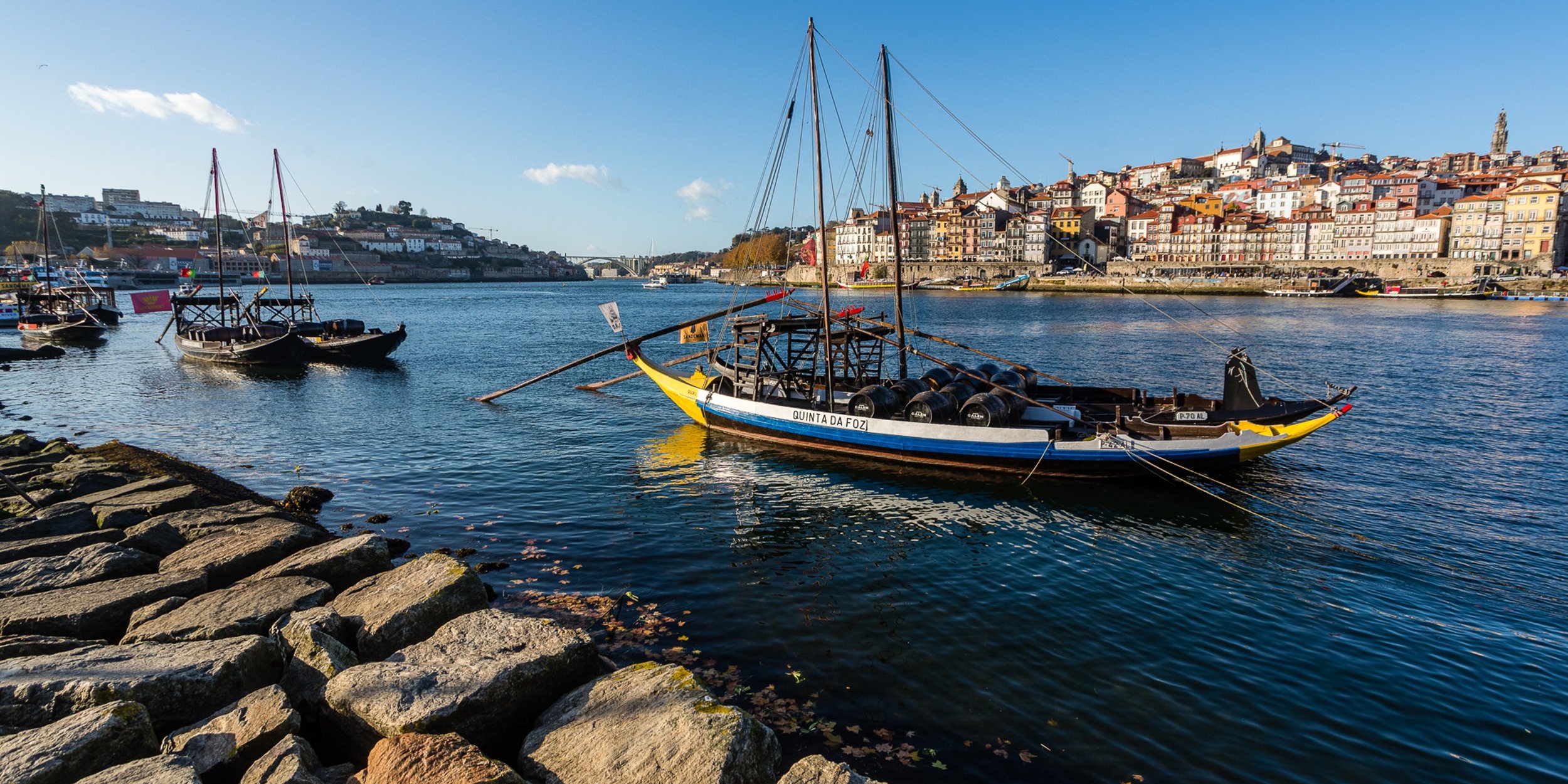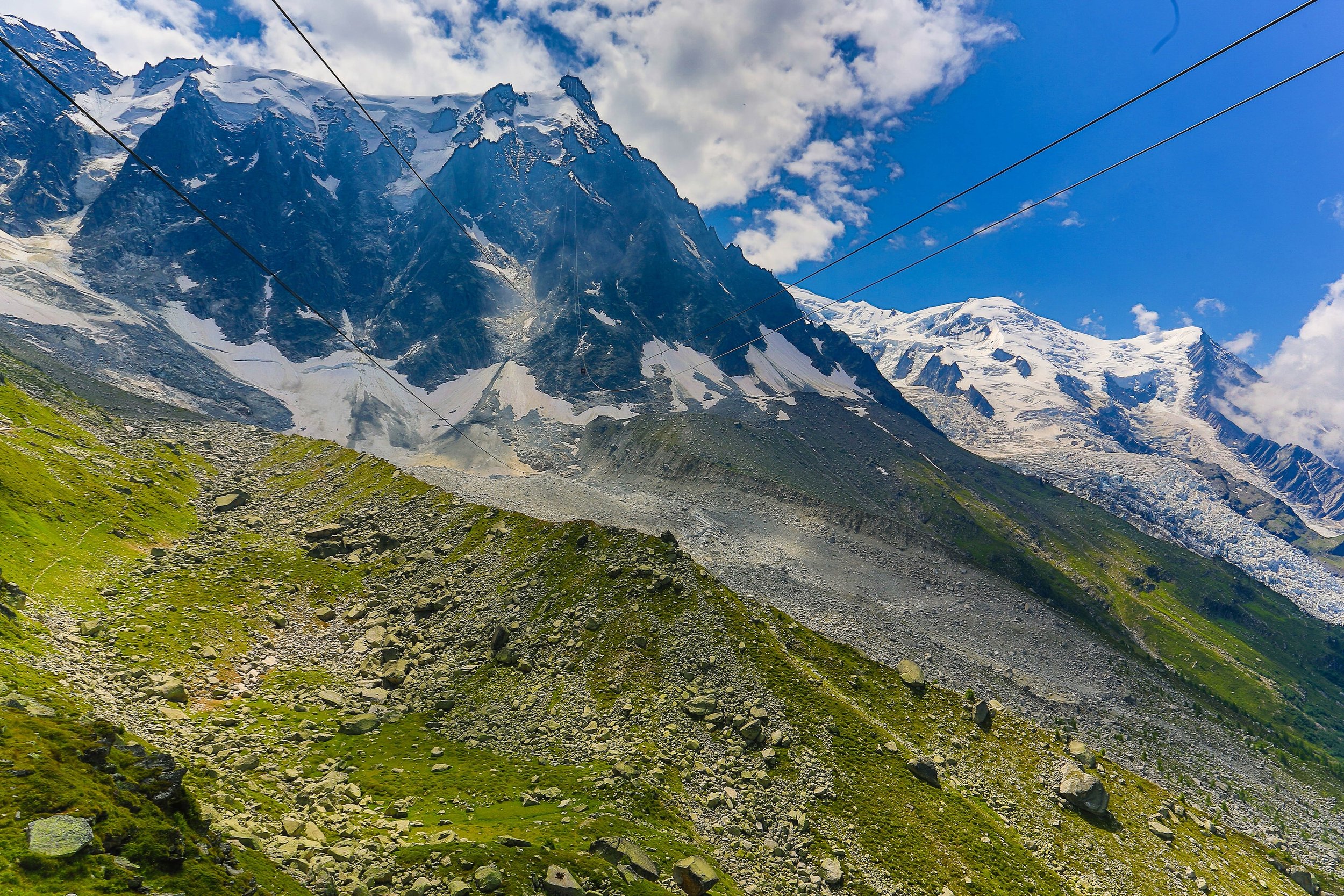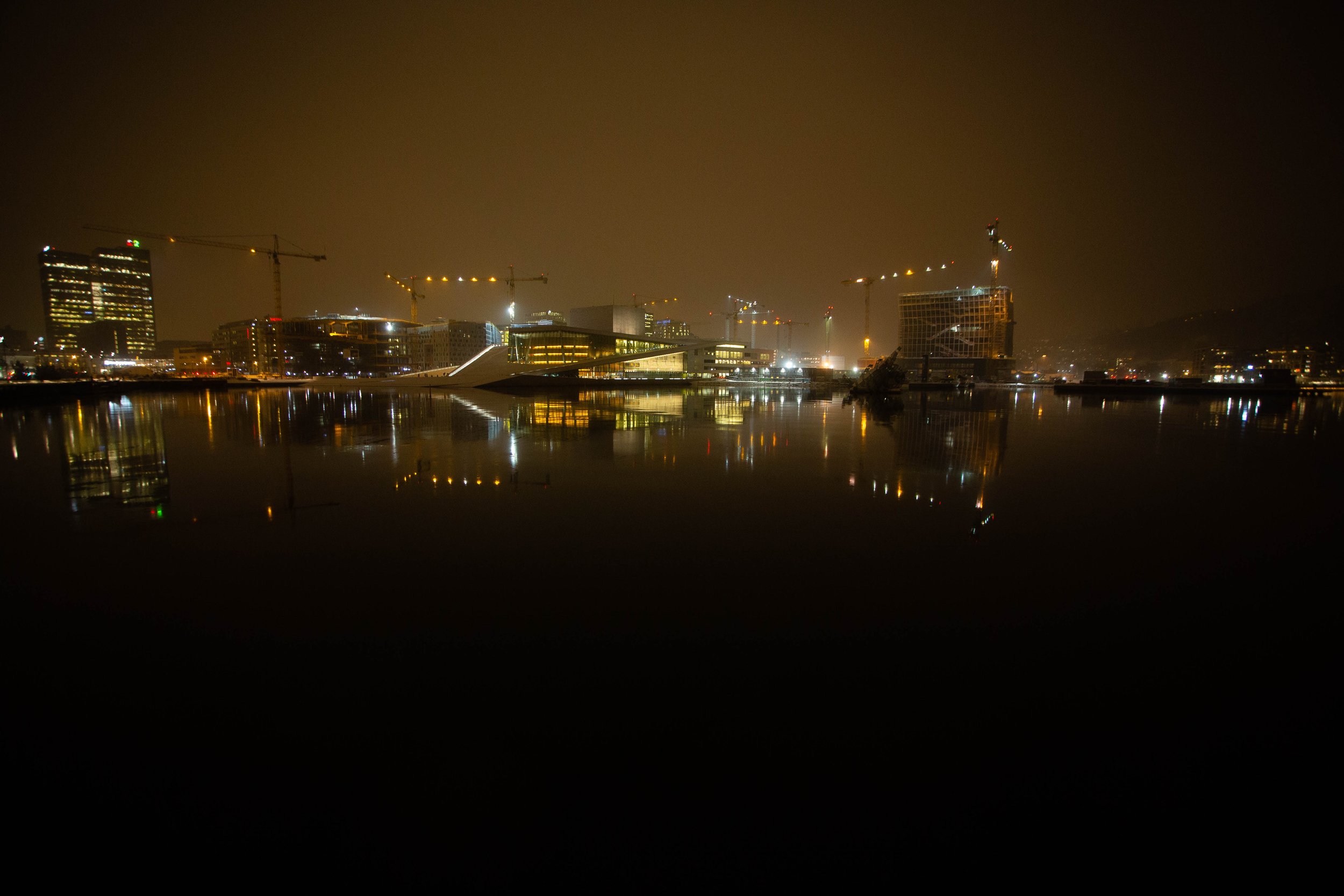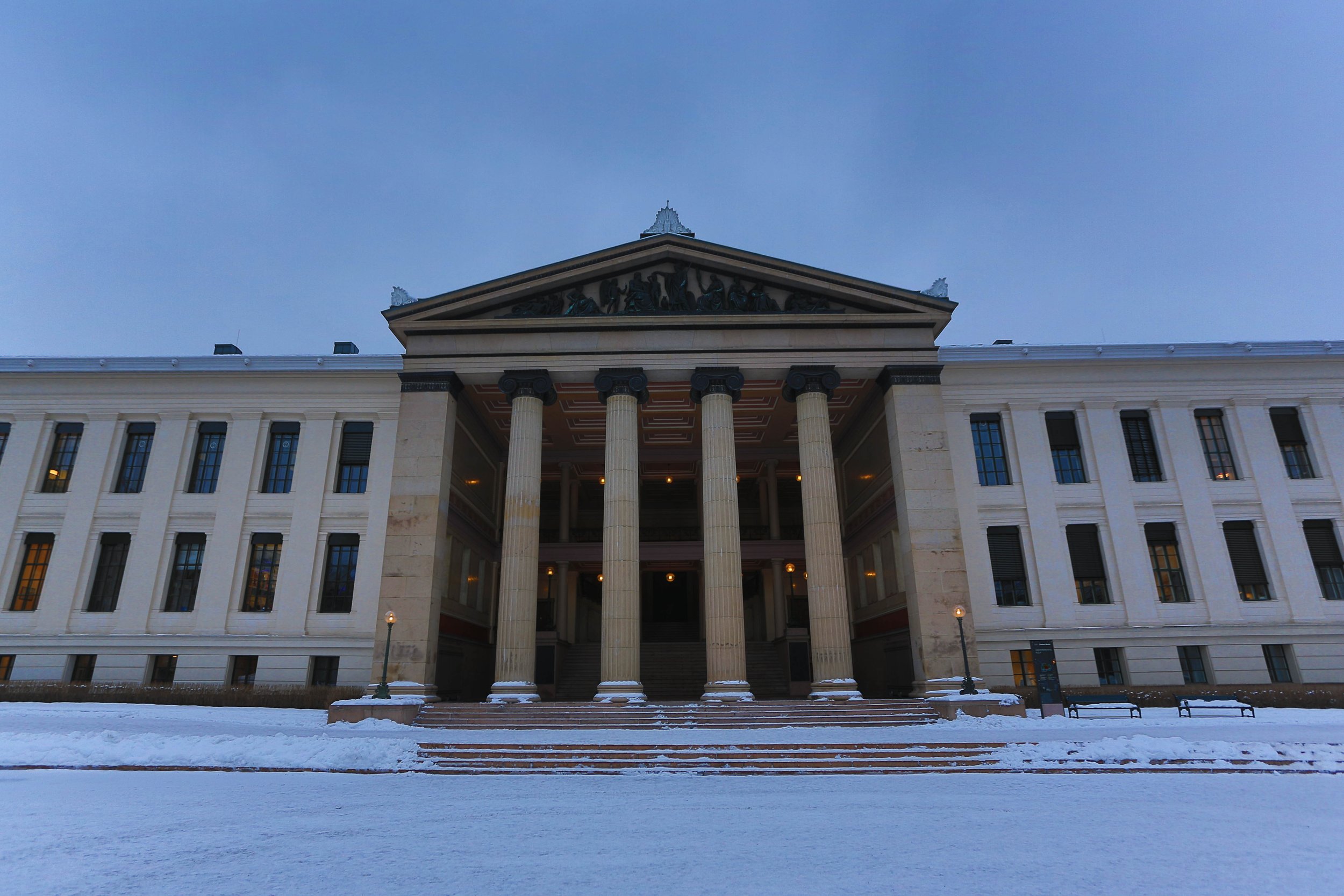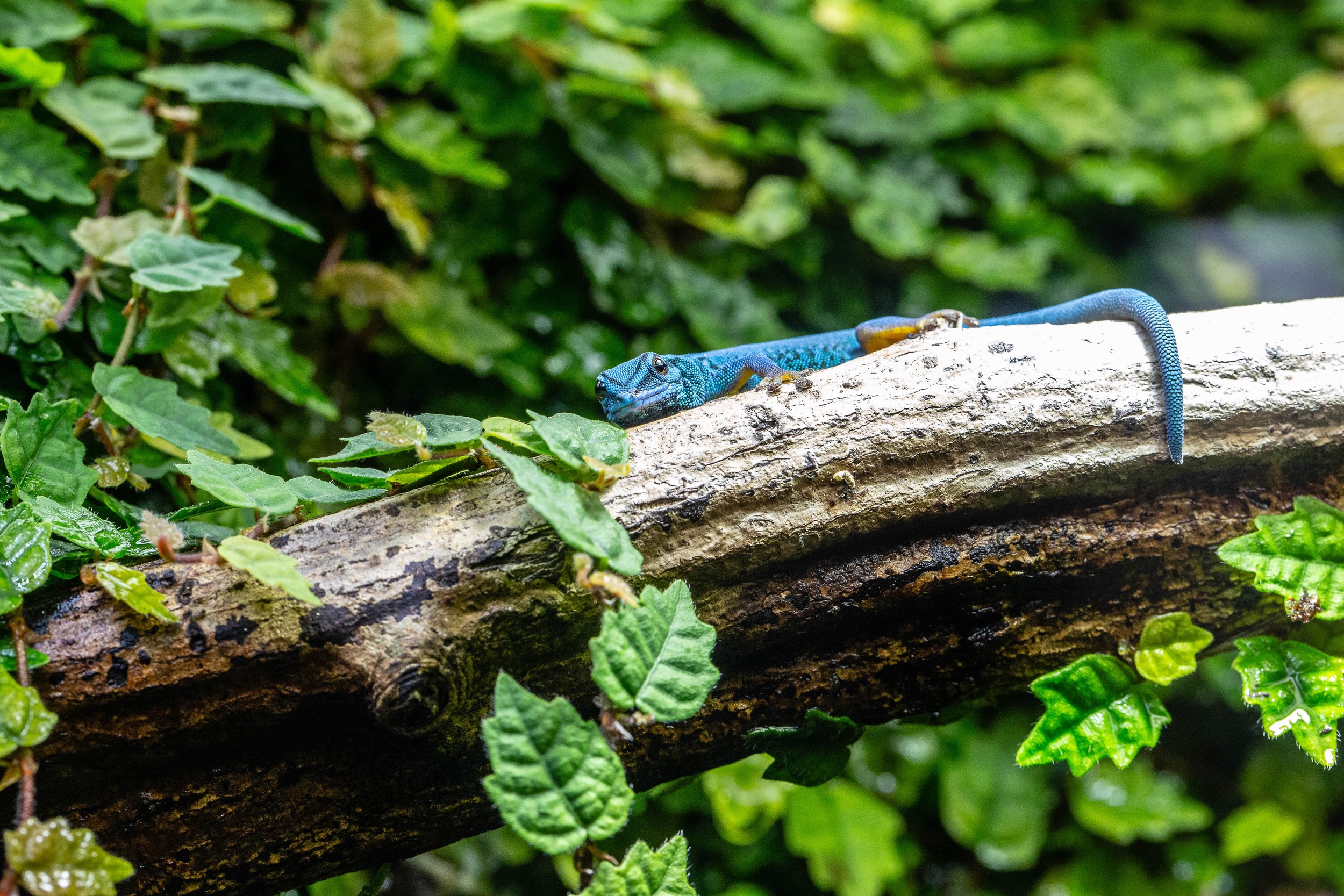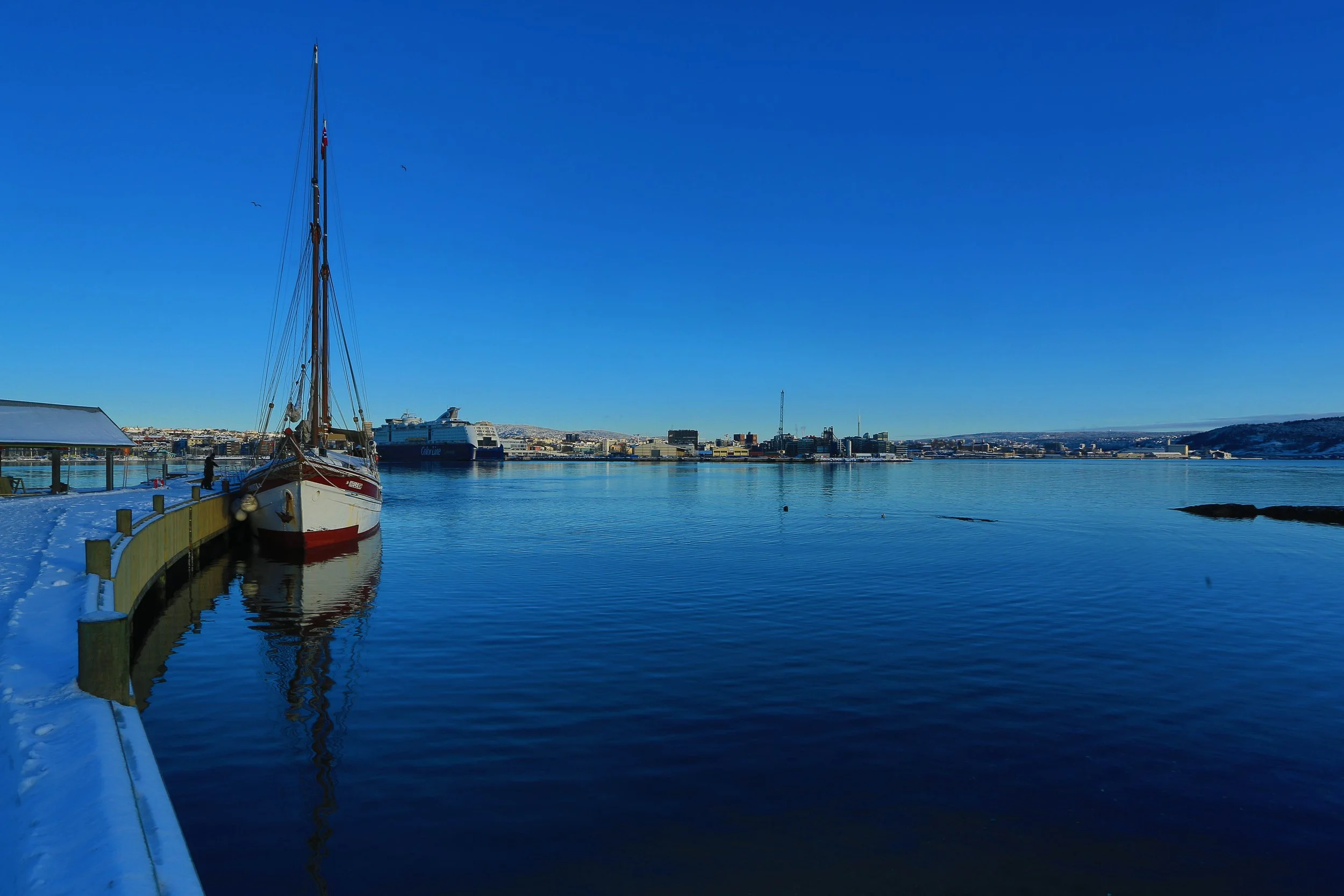Oslo
There is a huge amount of new building work completed, or ongoing in Oslo, so the city is losing some of its charm and certain areas like the ferry terminal are very ‘Canary Wharf’ in the impression.
The older buildings are tall and imposing grey stone that fades into a grey snowy sky, the impression is quite soviet, though I’d not be thanked by a Norwegian for the comparison. This older Scandinavia of rock and hard lines is warning with the modern buildings of glass and curves. The identity of the city is somewhat in flux at the moment.
Oslo, even more than Gothenburg, does not feel the need to be open early or stay open late. The museums seem to open at around 10-11am and close at 4pm, with one or two staying open as late as 6pm.
It is much more globalised than Gothenburg, without trying I found four TGI Fridays, a Jamie’s Italian and a Starbucks or two.
Day 1:
Thursday was really just a travel day, taking the 17:55 train, I had four hours travelling up to Oslo. The seats are good, with legroom and the train was quiet enough I had two seats to myself.
Mostly I entertained myself by playing Skyrim on the Switch. Other than a brief chat with a border guard, who was more interested in finding out why I was living in Sweden with a Swedish ID but was British.
The central station is large and impressive. it seems a central hub for the city with some active bars and restaurants. There were also quite a few closed shops giving the place a peculiar vibe.
Walking out of the station, it was clear that Oslo is cold! As I was taking a photo of the Thor’s Hammer statue, I was approached by beggar, though a bilingual one. Not the greatest interaction to have as my first conversation in Norway.
It was short walk to the hotel, past closed shops and a strip club as well as an escape room. The hotel itself is good, Radisson owned it has the corporate look of inoffensive modernism.
Day 2:
I started the day with a coffee and a croissant at a Conditori near the hotel before walking down past the Universitet Plassen and on to Get Kongelige Slott (Royal Palace) for a photo.
Universitet Plassen
I then circled back to the Nasjonalgalleriet to look around the building. Whilst a comparatively small set of exhibitions compared to the National Gallery in London, it covers a wide period and has some impressive pieces. The collection ranges from Roman statues to modern works. The gallery also had a room with a statues in the centre and art supplies for people to sketch. Some were really quite excellent. The gem of the collection is a room dedicated to Evard Munch, where The Scream has price of place. There is also, in a similar style, a painting of the Madonna which is unusually sensual. There is of course a Picasso or three, making my travels 3 for 3 in terms of Picasso museum viewings.
Rådhuset
After Art comes History, and I crossed the square to the Historical Museum [sic], which is unfortunately going through major refurbishments so perhaps half the gallery were closed at this time. The ground floor has what Viking exhibits they could show (the rest coming December 2018) and a temporary exhibit exploring disappearing cultures like the Polynesians and early Scandinavians.
Upstairs showcases a rarity of historic artefacts, ones of the Arctic peoples, European and from the Americas. There is also a display on the Sami and East Asia.
Whilst ambitious, it would perhaps be better to follow the example of some of the other museums in Oslo and lower the scope of what the museums trying to show and have a deeper exploration into that areas history, rather than trying to cover the world, each in a small room.
After the Historic Museum, it was time for lunch at Elgon, something I assumed from the outside was as Norwegian restaurant, but was actually very American Inspired, as were the somewhat insipid comments from my table neighbours on holiday from the States.
I then walked down to the new riverfront past Rådhuset and the Nobels Fredssenter to the Tjuvholmen Skulpark, which was a disappointment. Very few sculptures were on display, though the location at the edge of the peninsular did give good backgrounds for the sculptures that were there in the snow.
Next to the sculpture park is the Astrup Fearnly Museum of Modern Art, which started with Damien Hirst’s famous Mother and Child (Divided) and also featured a series of lead books on shelves named Tigris and Euphrates and Cindy Sherman, a photographer who used herself as a model as well as prosthetics for some haunting images. Hurst’s lamb crucifixions are also on display as well as a few large paintings dominating a wall. The temporary exhibit, Effects of Good Governance in the Put, was not very exciting, but the main gallery made the place well worth a visit.
Following the modern art museum, I stopped for a coffee and to decide what was next. Turns out, the time was the driving force for my next decision, past 4pm, and almost all my selections were closed, so I went to the nearby Nobel Fredssenter, which stayed open to 6pm. The ground floor was an exhibit of 12 photographers showing different interpretations of the term ‘Shifting Boundaries’ ranging from stateless Iraqi refugees to a high tech visualisation of a person, mirrored.
The first floor was two emplacements. The first devoted to the 2017 prize winner, the International Campaign Against Nuclear Weapons (ICAN), showing the horrors of Nuclear war, including the stunning fact art only 150 of the 80,000 casualties in the Nagasaki blast were military personnel.
The second emplacement was a tablet for each winner that activates when you get near and reveals information about them. Some triggered a ‘system wide’ presentation, such as Malala Yousafzai where her speech to the Prize Committee was broadcast.
I stopped for a chai latte and to decide what other options might be available with more or less everything closed by 6pm there wasn’t a great deal of choices the sun sets at 4pm so sightseeing was also limited.
I decide to walk the long way round to see the opera house, the snow was coming down heavily but I was well layered. I walked in the shadow of the Fortress, somewhere I had intended to go that evening but only the courtyard, not the museums were open.
In the dark and the snow, the walk was not very picturesque, especially as most of the route is through a dock, so containers, and warehouses dominate on the right, with the fortress on the left. Once I rounded the peninsular, and headed back towards the town I passed a few bars in the shape on Longhouses, and one had three lads in boxers running out of it and through the snow.
I then got my first glimpse of the Opera House and it is and impressive sight, build by local architects, who are rightly world famous it has an attractive profile. When you go inside, it has an almost organic feel. I stayed long enough for a non-alcoholic beer as there were no tickets for the show and headed back to town to have an early dinner.
I ate at a place called Mamma Pizza, it has quick service, good pizza, but due to the speed it didn’t help fill up my evening.
Without a particular desire to sit in a bar and not drink, I headed back to the hotel for an early night, watched Sin City: A Dame to Kill For and played Skyrim. Tomorrow I would see the famous Viking Ships.
Day 3:
Not a particularly early star to the day, but I was on the bus to the Viking Museum, having had breakfast by 10:30 so not too bad all in all.
Sat on a peninsular, the Viking Museum shares the land with the Folk museum that I would also be exploring and several others by the coast that I would stop at on Sunday as part of the boat tour.
It is a far more residential area around the Viking museum and very similar to residential Sweden in its general look and feel.
The museum itself is a small building shaped like a cross with the main ‘room’ dominated by a Viking Longship in a good state of repair and a second shop resting in the left hand room. The right had room has the skeletal remains of the third vessel as well as some smaller bots and a burial structure.A handful of artefacts fill glass display cases and where the rooms meet there are small balconies to view the ships interior. As access is free with the Historic Museum ticket, and as i was travelling out to the folk museum regardless it was worth a visit, but otherwise it would likely be disappointing to visit.
I stopped for coffee before the Folk Museum, in a cafe with a roaring fire. The Folk Museum offers perhaps the most for your money. The entrance fee is the standard 100 NOK as most others have been but there are several exhibits, of historic costumes and tools, the Sami people and Lutheran Church Art., as well as expansive grounds with historic buildings from the recent (the vin monopliet) to the ancient (a water powered saw mill). It would be an idea place to bring kids as the grounds are walled in and there are plenty of places to explore. It would also no doubt be much better in the summer, rather than the biting cold and snow…
I was unable to go up to the Stave Church due to the ice and snow, though I briefly considered scaling the embankment, but decided the irony of dying trying to get to a church would be too much for my reputation to bear.
I then took the tram back to the centre for lunch at a Norwegian restaurant in the newly built quayside, service was excellent and the steak sandwich with béarnaise says was lovely.
After lunch I explored the fortress, which is unusual in that dockside commerce has expended in its shadow so all the views start with a warehouse. The castle itself is not open, but the two museums in its grounds are. I decided to forgo museums as I would have time to walk across the city and go to the Reptile Park instead. Turns out, I probably had time to do one of the seams regardless as Oslo is not that big of a city to walk across…
On my way to the reptile park, I passed Trefoldighetskirken (Trinity Church), an impressive architectural wing to one of the Libraries and a second church, St. Olav Domkirke.
The reptile park is opposite the site of the new national museum, opening in two years, something that will no doubt improve ticket sales.
The entrance is somewhat hard to find, a steel grey door in the rear courtyard and down some stairs takes you into the attraction. Once inside, you are hit by a wall of humidity, especially coming form the crisp and cold outside wearing multiple layers. After quickly divesting yourself of coats and hats, you round the corner to the ticket booth. It is relatively expensive to go in, 120 NOK and it is only two small floors, but there are a a lot of habitats, some shared, and the reptiles (and a handful of animals) all seem happy and well cared for. It only took around 45 minutes including breaking out my macro lens to see everything, but it was definitely worth the entrance fee and was a nice change of pace from the museums i’d been visiting for the rest of the trip.
On leaving the reptile park, the snow was coming down hard and I hid in a nearby cafe to escape the weather as I planned my next move…
With nothing much else open, I walked back, past the historic museum and palace to the Saga Cinema and bought a ticket to Pitch Perfect 3, and spent the half hour before it started in the nearby Gatsby Bar where I finished Good Omens, a re-read of the novel before it comes out on TV.
The film was decent, with a nonsensical plot but good humour. Fairly certain the girl next to me messaged her friends about the strange single man seeing a film that the main audience is tween girls…
After the film, On the way back to the centre, I discovered what it is the Norwegians do in the evening with everything closed if they are not at a bar. They skate. A square in the centre of town, with snow falling and lights on the trees was a skating rink. It helped me to understand the city in a way I have been missing before, the shops and museums may be closed and the roads and streets eerily quiet, but the locals are there in small venues and locations. The town is not a tourist town, unlike Barcelona or Rome were, and we are welcome, but welcome like a guest in a home would be rather than a guest at a hotel.
Past where the skating happens I found the parliament having walked past it previously. It is a dramatic building, but only from one direction, otherwise it blends into the scenery.
I stopped for dinner in Gamle Radhus restaurant, set in the 17th century building that used to be city hall. It is reputed to be the oldest restaurant in Oslo. It took a while for me to be seated, despite the restaurant being largely empty, but once sat, the service was impeccable, by both the maitre ‘d and the waitress. Smoked salmon to start, with Veal entrecôte as a main and blackberry sorbet with coffee as a desert. It was really excellent, though at over 770 NOK with a single non-alcoholic beer it was definitely expensive.
Day 4:
With a boat tour starting at 10:30am, and not eating to waste any of the time the museums were open on food,I got up early and had breakfast at the hotel, surprisingly for Scandinavia, whilst there were plenty of sliced meats there was no cheese.
I should really have gotten to the boat earlier rather than lingering over breakfast, as the steak by the railing were all gone by the time I arrived at 10:20. In the end, this didn’t matter as there were open standing spaces and most people moved around or headed below deck to the warm cafe.
I’d chosen well, the weather, whilst the coldest it had been all weekend was also the clearest. the sun was out and the clouds were enough for emphasis not obscuring anything.
I was glad for my layers of clothing as when out on the water, with the wind it was very very cold.
The Fjord was not what I was imagining, but in truth it would never be this close to the capital city as any wildness is tamed and built upon.
Whilst striking, it made me wish i was able to travel further north and see the untouched fjords of Norway. We passed a few notable buildings, most interesting being the old lighthouse which serves the seaplane airport nearby.(Oslo’s first airport).
The tour stopped at the Museum island after about 1h 45 minutes to let off those of us who wanted to take in one of the five museums here on the peninsular.
Having been to the two further away from the terminal the day before I had the three next to each other to explore. The boat was due to return in two and a half hours, but I new the bus route was easy. My first stop was the edge of the island to look towards Oslo, then I headed to the largest of the three museums, the Norwegian Maritime Museum. The decor has a dated 1970’s vibe to it, like an old photograph of your parents home, but the museums, split over three levels, chronicles the history of boats, ships and other watering crafts throughout Norway.
Examples of historic row boats, a crude canvas boat used by seamen to escape nazi captivity and a partial recreation of a turn of the century cruise liner and a 19th century wooden vessel complete with stove and bedding are some of the highlights to explore. There is also a whole section dedicated to the changes in construction, from Norways oldest seafaring vessel, a dugout canoe from two thousand years ago to examples of modern carbon fibre hulls. There is even a series of blocks of different materials to allow a visitor to get their comparative weight.
It is a very interesting museum, especially for me, with a family history in shipping.
The second of the three museums is the Koi-Tiki museum, dedicated to the exploration of Thor Heyerdahl who, convinced Polynesia had been settled by South Americans, based on the comparisons between statues he had seen, he built and said a balsa wood raft from Peru to an island neighbouring Tahiti in 1947. Recent DNA evidence shows whilst Polynesia is predominately settled by people of Asiatic descent, there are some South American links, showing at least whilst they were not the primary settlers there was clear contact between the two distant people before the advent of modern sailing vessels.
Not content with this achievement, he later built the papyrus boat Ra, and when it sank, the Ra II, to sail from Morocco to South America. Once again he proved it possible that the ancients had the technology and skill to make such a journey.
It is a fascinating museum, hosing both boats and not much of anything else other than detailed text explaining what had occurred. In the basement a thousand stone carvings, gifts and purchase from his time on Easter Island are tucked away behind metal fences, aligned on shelves and dimly lit, mimicking their placement in the family caves of Easter Island. Thor was the only foreigner allowed access to the revered family caves. It is shame they are not given a more prominent display in the museum, but perhaps this is the more respectful choice.
The final museum, the Fran museum, is dedicated to the Polar Explorers, particularly those of the Fran vessel. The Fran and a sister ship are both house here, in two enormous tent shaped buildings connected via underground passage. The sign out front proudly climbs this as the Trip Advisor’s Best Museum in Oslo. I’m not sure I agree, though exploring the two vessels is interesting, Gothenburg has them beaten by an entire floating museum.
There is a short film on the explorers in a well presented cinema and numerous artefacts displayed around the two buildings. Like many of the other museums, the Fran museum has a sharp focus on its subject, and the bravery and significant sacrifice that exploring the two poles required comes across very clearly.
I’d missed the boat collecting us by quite some time, and so took the bus to the Station, arriving with enough time for a pasta meal at a restaurant in the station and was able to pick up a hot chocolate for the train before boarding the train for a four hour journey back to Gothenburg ending my city tour.


